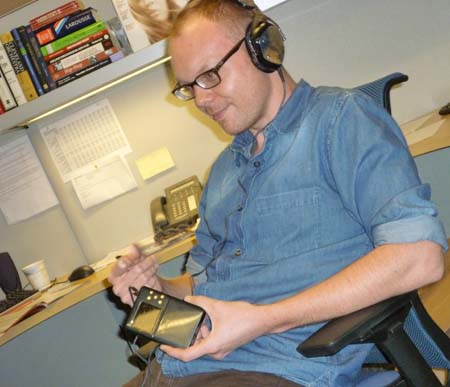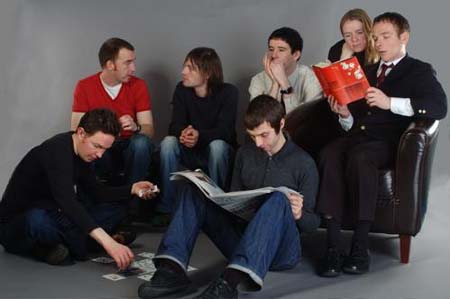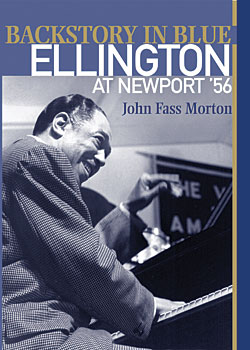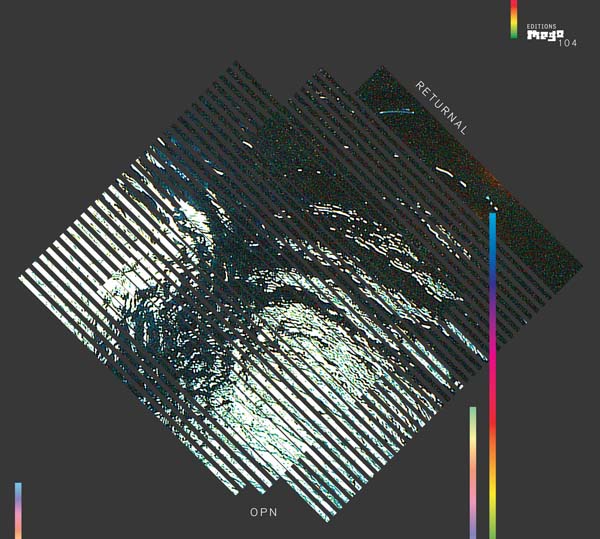Returnal (
Editions Mego EMEGO 104), the fourth full-length release from
Oneohtrix Point Never,
explodes into the listening room (or out from the speakers or out from the headphones) with real violence and penetrating force. We are thrust into a heavy storm, a maelstrom; we find ourselves standing beneath an ocean of falling glass, falling sky, falling electronic haze. If instruments could scream, their screams might sound like this, like the opening few moments of
Returnal, moments that don’t seem like an opening at all, but someplace else, some other time that escaped us, that started without us, before we were ready. I don’t mean
scream in the way that guitars and saxophones and other instruments can and do scream. I mean that if instruments could be dealt such pain that they were brought to life, given sentience, to wail with wonderful suffering, it might sound like this, like the opening few moments of “Nil Admirari.”
Continue Reading »







